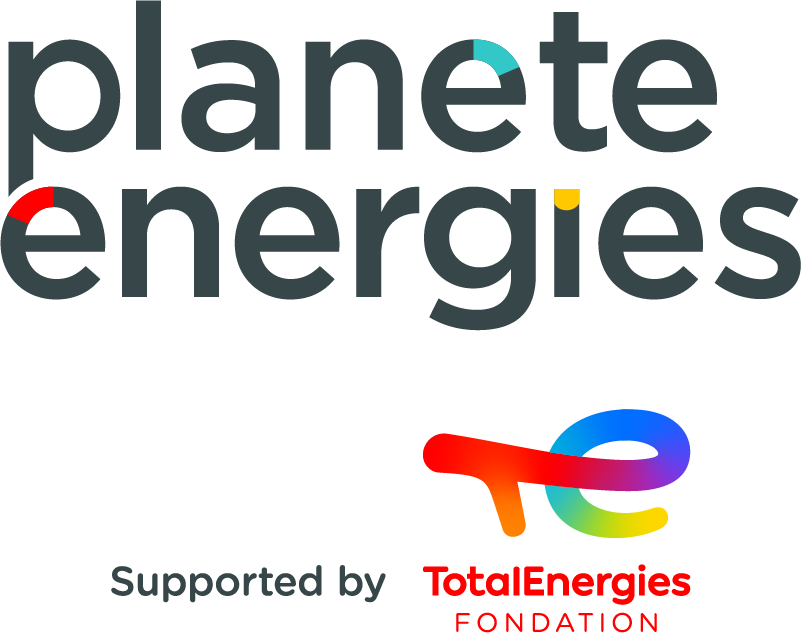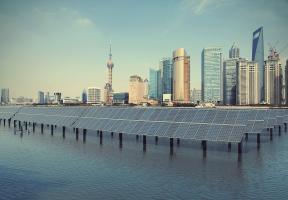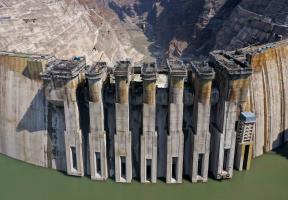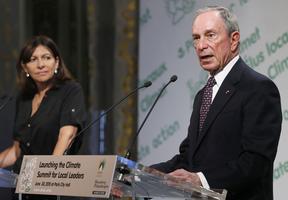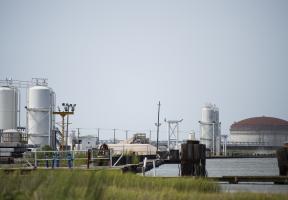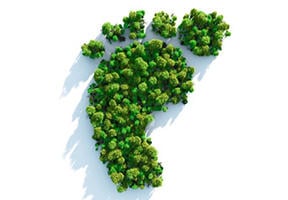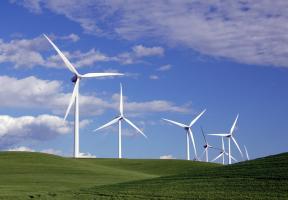Greenhouse gases
5 min read
Greenhouse gases: these words have become part of our scientific vocabulary. They refer to gases, notably and methane, which, through accumulation, cause . But how many of them are there? Where do they come from? How long do they last and how dangerous are they? And above all, what can we do to reduce them? This infographic will help you answer all these questions!
The Sun’s rays travel through the atmosphere and warm the Earth’s surface, generating the upward emission of infrared heat (radiation). Some of this heat is trapped on its escape to space by greenhouse gases (GHG) in the atmosphere and sent back towards the Earth’s surface.
Greenhouse gases thus act like a “blanket”, trapping heat, and causing the temperature of the lower atmosphere to rise. Greenhouse gases released by human activities increase the thickness of this “atmospheric blanket ”, causing the global temperature to rise.
This phenomenon is called global warming.
for Teachers, OCE
Where do these gases come from?
How can emissions be reduced?
What are the quantities emitted in a year?
What is their lifespan in the atmosphere?
What is their global warming potential?
Water vapor
Main source
The combustion of fossil fuels (coal, oil, gas).
Other sources
Deforestation and land occupation by human activities.
- Decarbonization of energy and mobility
- Reducing energy consumption
- Reforestation and landscaping
- Atmospheric CO2 capture
Main source
Intensive livestock farming and the fermentation of organic waste.
Other sources
The production of fossil fuels and the extension of immersed areas (rice fields, swamps).
- Reduction of intensive livestock farming
- Better waste management
- Reduction of fossil fuels
Ozone
- Naturally occurring at very high altitude (stratosphere), it filters the sun’s ultraviolet rays and protects us from them.
- Its accumulation at low altitude (troposphere), due to thermal vehicles and industrial activity, causes a greenhouse effect.
- Reduction of fossil fuels
Main source
Industrial agriculture using fertilizers containing nitrogen, and animal excrement.
Other sources
Certain industrial processes and vehicle catalytic converters.
- Reduction of intensive agriculture and industrial livestock farming
- Global reduction of meat consumption
Main source
Refrigeration and air conditioning.
Other sources
Insulating foams (devices, vehicles, buildings).
- Capture of these gases when dismantling refrigeration and air conditioning systems (buildings, vehicles, etc.).
- Greenhouse gases have very different lifespans.
- CO₂ has a lifespan of more than 100 years. Its accumulation makes it the most dangerous gas in the long term.
- Methane has an atmospheric lifespan of approximately 12 years. It is therefore its short-term concentration that determines its dangerousness.
- The global warming potential (GWP) of a greenhouse gas is the warming power of a mass of that gas, compared with the warming power of the same mass of carbon dioxide (CO₂).
The GWP of CO₂ is thus 1. - The GWP of other greenhouse gases is calculated for a given time frame: usually
100 years but sometimes 20 years or 500 years.
Due to its shorter lifespan compared to other gases, the GWP of methane is considerably lower at 100 years than at 20 years.
According to the IPCC, CH₄ is responsible for over a quarter of global warming, because of to its greater warming potential.
